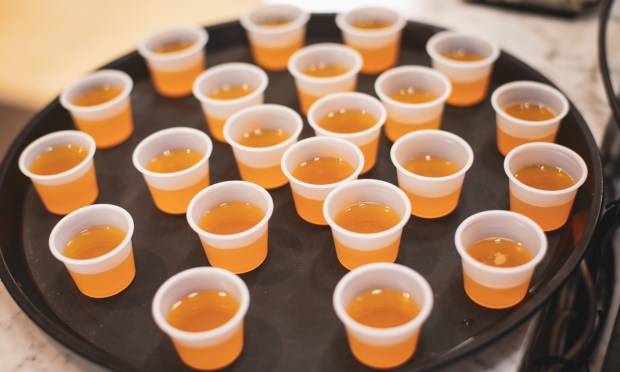Retailers Employ Freebie Model to Reduce Returns

From November 2022 to mid-January of the current year, no less than 10% of weekly orders were subject to returns.
During periods of inflation and when households face budget limitations, there is an increased likelihood of customers returning products that fail to meet their expectations. In response, retailers are seeking ways to reduce returns, and one promising approach is product sampling.
This approach enhances the shopping experience by allowing customers to interact with a product before making a purchase, to understand its qualities and suitability. This reduces the probability of returns.
In the fashion industry, where size issues are a major driver of returns, providing clothing samples helps customers find their perfect fit, mitigating returns due to size mismatches. Samples elevate confidence in product quality, addressing returns stemming from defects or quality concerns. The beauty industry and the food category encounter comparable challenges.
Why Sampling Works
Retailers reap benefits through the strategic use of product sampling. Firstly, they save money by reducing return rates, restocking fees, return shipping expenses, and depreciation in resale value.
Secondly, sampling fosters brand loyalty by enhancing the customer experience. This loyalty often translates into repeat business, generates word-of-mouth referrals, and nurtures enduring customer relationships.
Additionally, samples serve as a source of market insights, enabling brands to gather feedback, spurring product refinements and staying ahead in the competitive retail landscape.
Navigating inflation adds a dimension to the role of product sampling. In an environment where price hikes are challenging to justify, samples emerge as a cost-effective marketing strategy, enhancing the value of purchases without inflating the price.
Samples in Play
Thanks to its trial program, Snif, a fragrance brand, puts 95% of returned products back into its inventory and maintains a 12.5% overall return rate. Snif customers have the option to get a 2 ml sample alongside a plastic-wrapped 30 ml bottle. They can choose to return the untampered full-sized bottle for free, but if they choose to keep it, they will be charged $65.
“When we started Snif, one of our primary goals was to provide a high quality, seamless fragrant shopping experience from the comfort of someone’s home,” Bryan Edwards, co-founder and co-CEO of Snif, told Modern Retail.
Snif has employed this try-before-you-buy approach since its inception in 2020, although it has made adjustments to the model over the years.
Walmart’s Foray Into Freebies
Walmart has been conducting weekend demonstrations with complimentary samples in more than 120 stores since June, and it plans to expand this service to 1,000 locations by February.
This extends beyond food products. It’s accessible to all advertisers whose products are available at Walmart and is a component of the company’s comprehensive advertising strategy targeting in-store shoppers. According to a report from Walmart’s advertising division, Walmart Connect, demo stations have been identified as a “confirmed element of the shopper marketing playbook.”
The store will combine in-store demonstrations with QR codes placed at the sample stations, providing cooking inspiration, virtual shopping options, and seasonally relevant recommendations.
Furthermore, they will integrate audio ads into Walmart Radio, disseminating them through the store’s PA system, showcasing them on the TV wall, and even featuring them on the self-checkout screens.
Where It All Began
In August, PYMNTS reported that Estée Lauder would be integrating dermatologist-developed, allergy-tested formulations, along with their expertise by collaborating with dermatologists and academic experts. They also plan to use their gift-with-purchase incentive to actively engage consumers.
Estée Lauder played a pivotal role in the history of gift with purchase, with the concept originating in the 1950s when the cosmetics brand introduced what could be seen as a groundbreaking marketing idea.
Estée Lauder provided customers with a complimentary cosmetic bag containing product samples when they bought a fragrance. This strategy not only boosted sales but also introduced consumers to products they may not have otherwise explored. It marked the inception of a trend that would transform the retail industry.
Read more: How Estée Lauder’s 1950s Retail Innovation Wrote Beauty’s Sales Playbook

